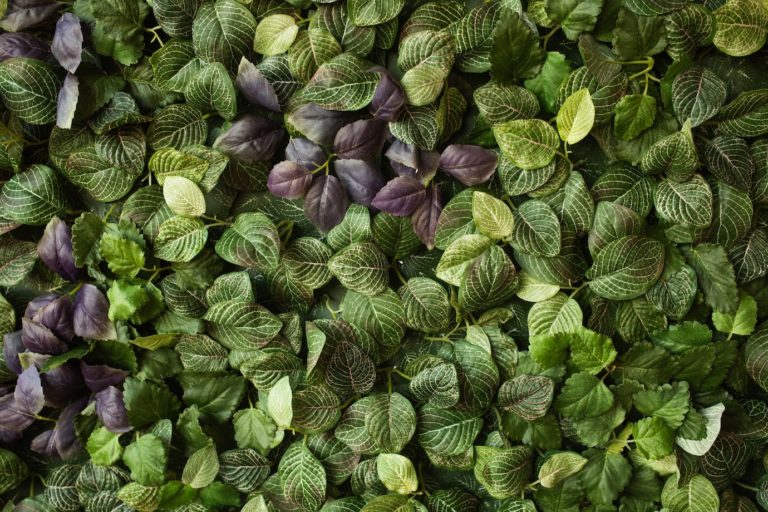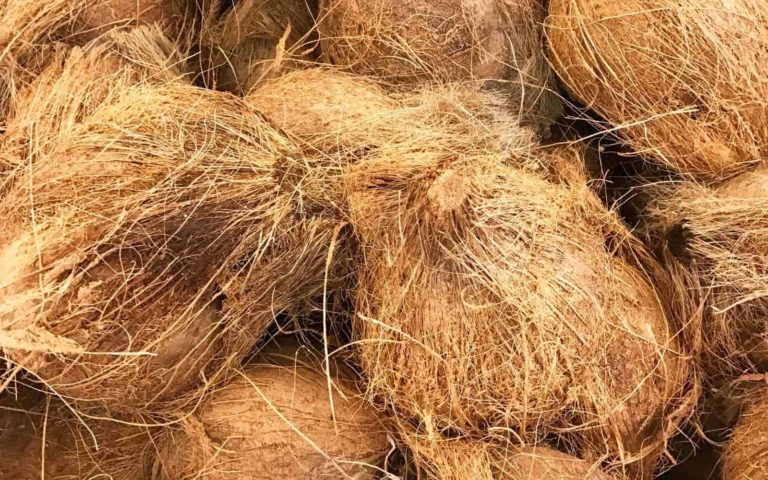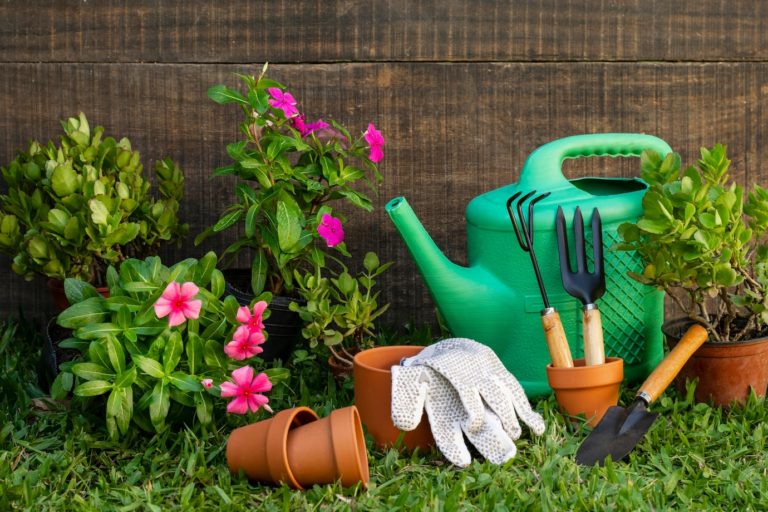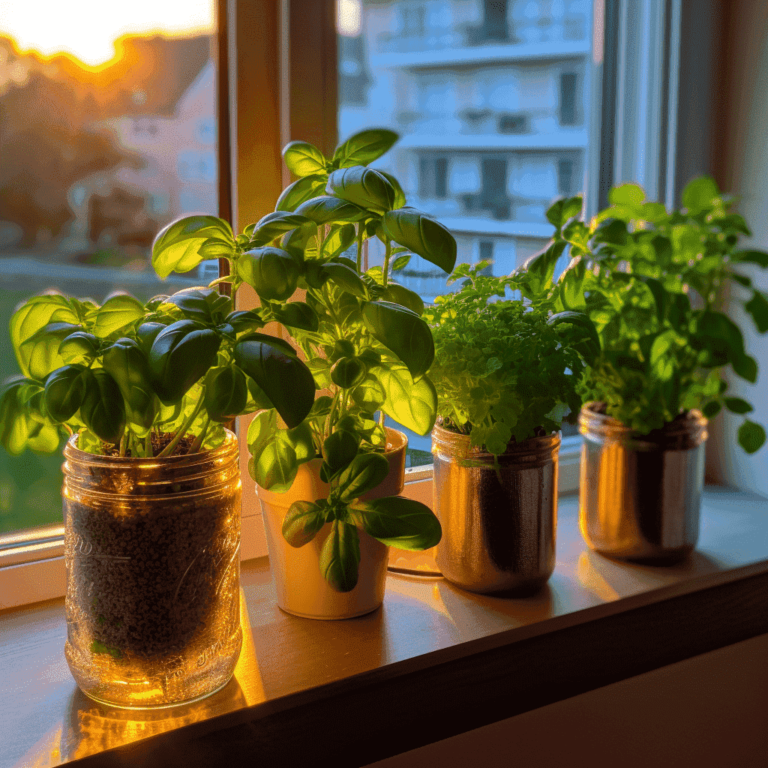How To Plant Grow And Care For Red Creeping Thyme
Planting Red Creeping Thyme
To efficiently plant red creeping thyme, you must start with selecting the right location, preparing the soil, planting the thyme, and watering it effectively. Choosing the Right Location, Soil Preparation, Planting Red Creeping Thyme, and Watering Techniques will serve as the solutions to planting red creeping thyme properly.
Choosing the Right Location
Choose the Ideal Spot for Red Creeping Thyme!
When planting this herb, it’s important to pick the best location. Here’re some tips:
- Pick a sunny area – Red Creeping Thyme loves the sun.
- Ensure proper drainage – waterlogged or standing water can cause root rot.
- Ventilation helps – it reduces humidity and prevents fungal diseases.
Remember: Red Creeping Thyme likes dry soils and is drought tolerant. It originates from Southern Europe and was used in ancient times to treat respiratory and digestive issues. Its oils also have antibacterial properties, making it a great medicinal plant! Get your hands dirty with soil preparation – garden gloves are never a good look!
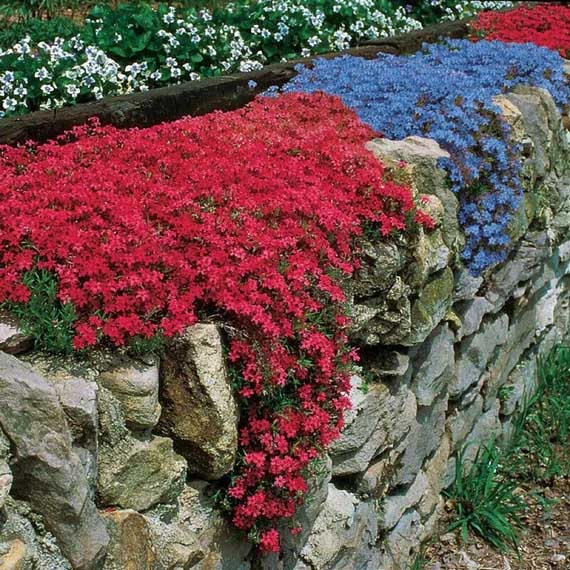
Soil Preparation
Before planting Red Creeping Thyme, you must first prepare the soil. Start by getting rid of weeds and any debris from the topsoil. Dig deep and add organic matter, like compost or aged manure, to the soil to make it nutrient-rich.
Check the pH level of the soil using an at-home kit or by sending a sample for testing. The ideal pH range for thyme is 6.0-8.0. If the soil is too acidic (below 6.0), add lime to increase its pH.
Also, make sure the soil drains well since Red Creeping Thyme does not do well in wet conditions. Finally, water and settle the soil before planting. Doing this will help the thyme grow healthy and strong.
Keep in mind that if you are planting multiple plants, leave enough space between them. This will improve air circulation and make it easier for each plant to access nutrients from the soil.
Planting Red Creeping Thyme will definitely impress your neighbors.
Planting Red Creeping Thyme
Growin’ red Creeping Thyme needs skill and accuracy. Here’s the steps ya gotta follow:
- Pick a sunny spot for planting – at least 6 hours of sunlight per day.
- Clean the soil – remove weeds and add compost or fertilizer.
- Plant root divisions around 6-12 inches apart, covering the roots lightly with soil.
- Water the plant after planting and regularly during its first growin’ season.
Propagating red Creeping Thyme from seed takes longer. Use good quality soil and keep it well-drained for optimal growth and pest control. Pro Tip: Mulch around these plants to keep moisture in and weeds out, while also protecting delicate root systems.
Watering your red creeping thyme is like giving it a shower – just don’t use shampoo!
Watering Techniques
For the best results, you need to know the right way to water your red creeping thyme. Here are some tips:
- Check if the soil is dry before watering.
- Give it deep watering once per week.
- Don’t over-water.
- Use mulch to help keep the soil moist.
- A drip irrigation system is very helpful.
- Water early or late in the day.
It depends on the environment how much water it needs. Monitor soil moisture levels if you’re unsure.
Other things like climate, soil type, and sun exposure can also affect the plant’s growth. Make sure to keep an eye on these factors and adjust your care accordingly.
6 Signs You’re Overwatering Your Indoor Plants and What to Do About It
Red creeping thyme has been used for many centuries. Ancient Egyptians used it in cooking, embalming, and medicine.
So, liven up your garden with red creeping thyme and forget about boring green lawns!
Growing Red Creeping Thyme
To grow red creeping thyme successfully, you need to take care of several aspects. In order to address the section titled “Growing Red Creeping Thyme” with “Fertilizing Red Creeping Thyme, Pruning and Trimming, Managing Pest and Disease” as the solution, you need to follow a comprehensive approach. It includes taking care of fertilizing requirements, pruning and trimming the plant, and also managing its pests and diseases.
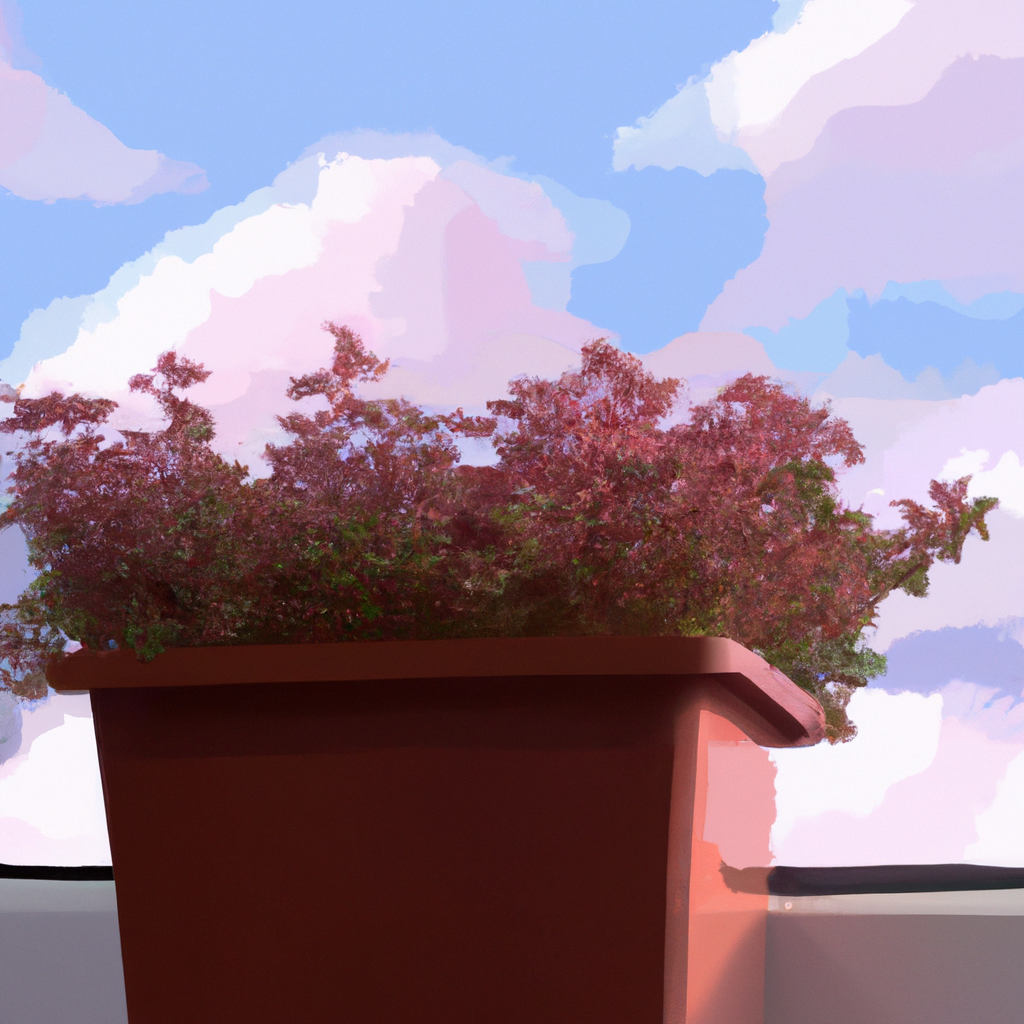
Fertilizing Red Creeping Thyme
Fertilizing Red Creeping Thyme is key for healthy growth. Here are some tips:
- Use a balanced fertilizer – nitrogen, phosphorus & potassium in equal amounts.
- Apply fertilizer in spring before flowers start to bloom.
- Avoid over-fertilization – it can reduce flowering.
- Organic fertilizers like compost or bone meal are great for natural & sustainable feeding.
Too much fertilization is bad for the plant. Give it ample nutrients with just the right amount of fertilizer & natural, organic options.
Don’t forget water & soil care.
Regular fertilizing is crucial for a thriving Red Creeping Thyme garden. Show love & care now & you’ll be rewarded with a beautiful, healthy garden during flowering season!
When pruning & trimming, if unsuccessful, call a gardener.
Pruning and Trimming
Keep Red Creeping Thyme Growing
Regular trimming and pruning are essential for your red creeping thyme to stay healthy. Not doing so could make the plant spindly and less attractive. Here’s a 6-step guide for pruning and trimming it:
- Cut off dead or damaged foliage often.
- Cut away long stems that don’t match the rest of the plant.
- Trim a third of its height in early spring using sharp shears.
- Trim just above a set of leaves for bushier growth.
- Remove flower buds before they mature to get more blooms later.
- Reduce watering when trimming to prevent rot.
Also, fertilize twice a year with organic fertilizer and give it enough sunlight. Beware of over-pruning, as it can damage or kill the thyme plant. Always follow the recommended guidelines for pruning. Even the bugs know my red creeping thyme is too good for them!
Managing Pest and Disease
Manage pests and diseases for healthy Red Creeping Thyme. Monitor often, clean tools, use natural insecticides and fungicides. Prune dead parts and clear debris around plants. Use organic soil amendments, rotate crops, and adjust watering frequency. Stay informed of potential threats and take preventive measures.
Don’t miss out on having beautiful plants! Efficient management is the key to success. Neglect is the best form of care for Red Creeping Thyme! Just ask my thriving plant in the corner.
Caring for Red Creeping Thyme
To care for red creeping thyme, you need to know the right weeding techniques, mulching methods, and winter care tips. Keeping these sub-sections in mind will ensure optimal growth and health for your thyme plants all year round. By weeding properly, mulching regularly, and applying the right measures during winter, you can keep your red creeping thyme flourishing and healthy.
Weeding Techniques
Maintaining your Red Creeping Thyme? Here are some effective weed removal techniques!
- Hand-pull the weeds around the thyme plant and get rid of their root systems.
- Use organic mulch like compost, bark or straw to provide a barrier.
- Go natural – treat any growing weeds with natural herbicides.
- Plant ground covers to take up available space and discourage weed growth.
- Keep a thick layer of mulch year-round – weeds need sunlight to grow strong!
Early weed detection is key – don’t let them affect your thyme!
Did you know you can use sheep wool as mulch? Ancient Europeans did it! So, don’t be a mulch ado about nothing kind of gardener – mulch your Red Creeping Thyme!
Mulching
Red Creeping Thyme is a great ground cover for weed suppression, and it is drought-tolerant and prefers poor soil, so there’s no need to fertilize often! Mulching is key to its growth though. Here are six tips to remember when mulching your Red Creeping Thyme:
- Use organic materials like dry leaves or grass clippings to add nourishment to the soil.
- Avoid black materials like rubber tires that can absorb heat and damage the thyme plant.
- Place mulch around the base of the plant, two inches away from the leaves.
- Use a thin layer of mulch – one to two inches thick – to prevent smothering the tiny plants.
- Weed regularly to keep a healthy growing environment.
- Replenish mulch when needed.
Also, remember not to overdo it with the mulching, as it can cause fungal issues or root rot diseases. Lastly, adjust watering timing depending on humidity levels for the best results. Make sure to keep your Red Creeping Thyme warm and cozy in the winter – frozen herbs are no good!
Winter Care
When the temps change, taking care of red creeping thyme can be tough. Pruning and watering regularly helps it grow well. To protect from frost, shield it from cold winds and freezing temperatures. Mulch around the base helps retain moisture and protect the roots.
Cover with breathable cloth to protect from extreme weather. Avoid overwatering, as it can damage roots. Red creeping thyme is a hardy species that can survive with proper care. Monitor and intervene quickly to tackle any issues.
Red creeping thyme has been used for centuries to heal ailments like respiratory infections, arthritis, and digestive problems. It was also added to meat dishes for its flavor. This resilient herb is popular among gardeners around the world.
Frequently Asked Questions
1. What is Red Creeping Thyme?
Red Creeping Thyme is a small, low-growing perennial herb that produces pink to reddish-purple flowers in the summer. It is often used as a ground cover in rock gardens or along walkways.
2. How do I plant Red Creeping Thyme?
Red Creeping Thyme should be planted in well-drained soil in a sunny location. The seeds can be sown directly in the ground or started indoors and transplanted after the last frost.
3. What is the best way to care for Red Creeping Thyme?
Red Creeping Thyme is a low-maintenance plant that requires little care. It should be watered regularly, especially during dry spells, but be sure not to overwater. The plant can be trimmed back after it finishes blooming to prevent it from becoming too woody.
4. When does Red Creeping Thyme bloom?
Red Creeping Thyme typically blooms from June to August, producing pink to reddish-purple flowers. The plant is a good source of nectar for bees and other pollinators.
5. Can Red Creeping Thyme be used in cooking?
Yes, Red Creeping Thyme can be used in cooking. Its leaves have a strong, aromatic flavor similar to regular thyme, and can be used fresh or dried in a variety of dishes.
6. Is Red Creeping Thyme deer resistant?
Yes, Red Creeping Thyme is deer resistant. Its strong aroma and flavor make it unappealing to deer and other grazing animals.


